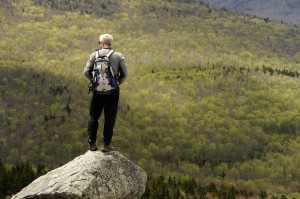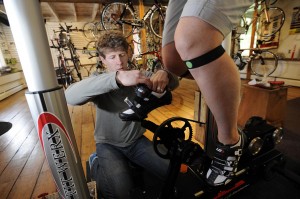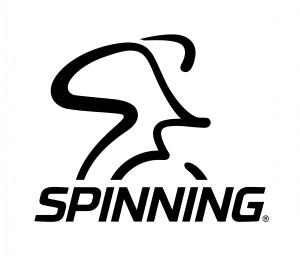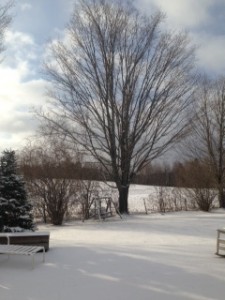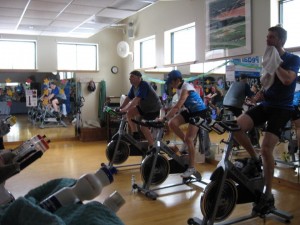Recently I wrote a short piece for ACTIVE VERMONT, my page in the Rutland Herald/Times Argus Sunday newspaper, that sparked interest and generated comments from a number of readers. Clearly we all suffer from the same reticence to perform certain deeds,complete particular training plans or take the steps needed to meet goals. Several have told me that they connected with this concept, they aspire to the notion that sometimes we need to “pull ourselves up by our own bootstraps,” (wherever did that saying come from? surely it’s obsolete but we get the point), and, well, just do it.
July is a month packed with notable sports that lure us to the home screen. Wimbledon Tennis (June 23-July 6); FIFA World Cup Soccer (June 12-August 13); Tour de France (July 5-27); MLB All-Star Game (July 15); British Open (July 17-20): and surely more draw us like magnets to a cooler indoor setting and a comfy chair. That’s fine. There’s room in our days to spectate as well as participate. There’s a place for R&R, team spirit, camaraderie, and some level of motivation that sneaks in the back door when playing the observer position.
But, don’t forget, there are always two sides: left and right, forward and back, offense and defense, (we’ll leave right and wrong off this field), and, of course, spectator and participant. Sometimes to assume the latter role one needs a push, to “just do it.” Read on.
Just do it. I say it often. I say it to my clients when I ask them to do a particular training exercise and they look at me with that are-you-nuts look. I say it to myself when I am dragging and need to walk into a room and appear energetic and encouraging to a group of individuals who are unsure about their fitness commitment. I say it when I sit down at my computer after a long day and know that I must say something significant in response to emails, post a blog or write my Sunday Active Vermont page. Sometimes I say it before my treasured training rides or even when the alarm goes off.
It works. JUST DO IT (stylized in all caps), coined by Nike in 1988 by Dan Wieden of Wieden and Kennedy ad agency, has become the go-to motivator for a large cross section of the world’s population. Last summer the slogan celebrated its 25th anniversary as one of the most recognized and often uttered phrases in all time. Remember, this was before the media and digital explosion erupted in texts and tweets, before “going viral” was a model.
JUST DO IT is more than a means to sell running shoes and appeals to far more than runners. The phrase is simple and invites definition. It is individual, offering a very personal connection.
In fact, the story of the inception of the phrase demonstrates the simplicity of the time as well. It seems that in an early ad, 80-year old Walt Stack jogged across Golden Gate Bridge. While doing so he shared tales of his daily 17mile run and quipped that in the winter he kept his teeth from chattering by leaving them in his locker.
Smith Rock is a well-know climbing mecca in Oregon that attracts climbers of many levels and abilities. In 1992 a French climber, Jean-Babtiste Tribout (known as J.B., born in 1961) scaled a route that had not previously been climbed. He named the ascent “Just do it.” Today that route is rated as a 5.14. Its overhanging wall is known as the most difficult climbing in America.
Is there a connection between Smith Rock and Nike? Presumably it is merely coincidental, but the spirit is the same.
Perhaps that is the magic of JUST DO IT. It is a sentiment that works for each of us; it easily rolls off the tongue. Basic or erudite, the concept can be found in any collection of memorable quotes. For example: “Don’t ask what the world needs. Ask what makes you come alive and go do it. Because what the world needs is people who have come alive.” (H.Thurman, African-American writer).
Or: “Do it no matter what. If you believe in it, it is something very honorable. If somebody around you or your family does not understand it, then that’s their problem. But if you do have a passion, an honest passion, just do it.” (Mario Andretti, and we all know who he is.)
Often there is no right or wrong, no hard and fast rule, no all or nothing. Often there is “just do it.”




